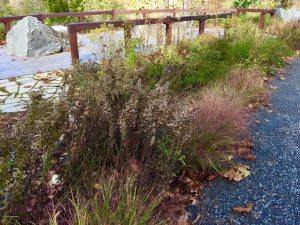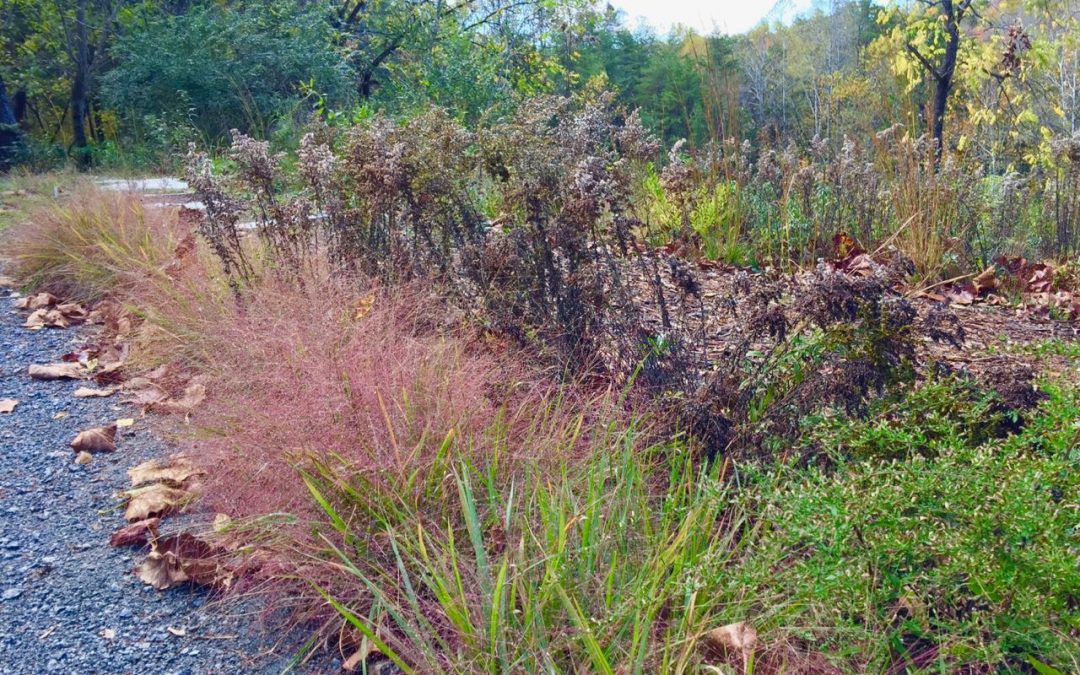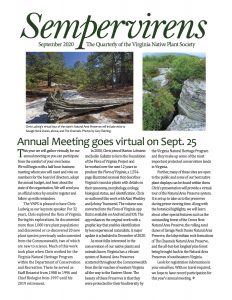If you have a patch of beautiful native plants that now, at season’s end, look like you planted a bunch of weeds, and you’ve been feeling guilty about getting around to the fall clean-up—don’t feel guilty. Feel enlightened!
Here’s what our garden guru Devin Floyd had to say about the messy areas at the Quarry Gardens:
“As for the dead standing stalks, seed heads, and wilting overwinter foliage, they do far more than feed winter birds. While that is fun and easy to observe, and quite important, there are hidden and critical processes taking place, and most of them are important for the fledgling birds of next spring (and other middle-food-chain predators like frogs, snakes, salamanders, lizards, toads).
“The larvae and eggs of beetles, wasps, bees, moths, butterflies, stick bugs, mantids, leafhoppers, grasshoppers, assassin bugs, and many other arthropoda overwinter on, and inside of, all parts of the plant. In fact, many colorful insects, like the brush-footed group of butterflies, overwinter as adults, in diapause, and dangle with wings closed to mimic leaves from the stems of these plants (they are nearly impossible to see). In other words, when the flora isn’t providing food, it is providing shelter.

“In winter, the dead stalks and all their parts are the genetic life-bridge between autumn and spring, for the whole bottom of the food chain and, eventually, the upper reaches of it. What’s more is that the very health and capacity of the soil relies upon the in situ wilt and decomposition of the flora that grows upon it.
“This perspective frames our approach to fall ‘cleanup,’ and it can serve as a focal point for visitors/users that are new to the subject. If the contents are a bit wild, architecture is important. We create balance and clarity by maintaining edges and defined spaces that are clean, cut, straight, sweeping and tidy. This duo, wild+tidy, communicates that we are experimenting with native plant communities and biodiversity conservation within the context of true landscaping and gardening. For the benefit of education and conservation, we are proudly wearing a new Piedmont native aesthetic on our sleeves.”

So there!

